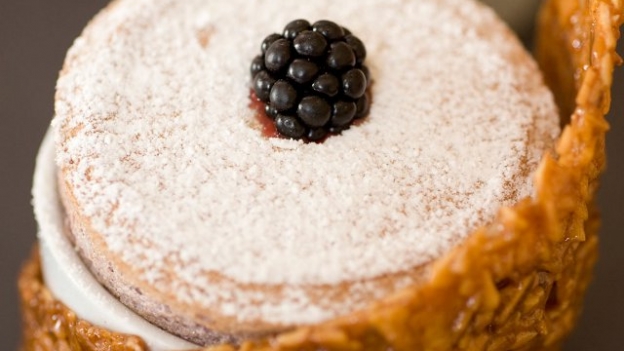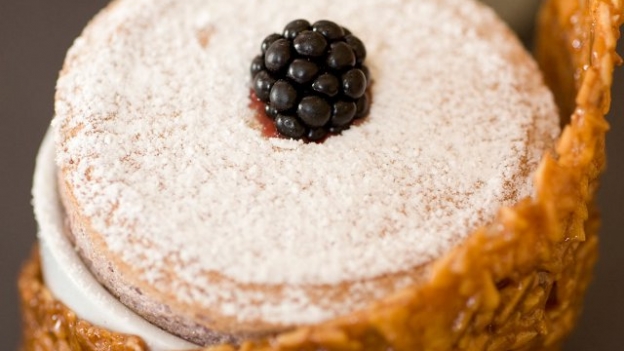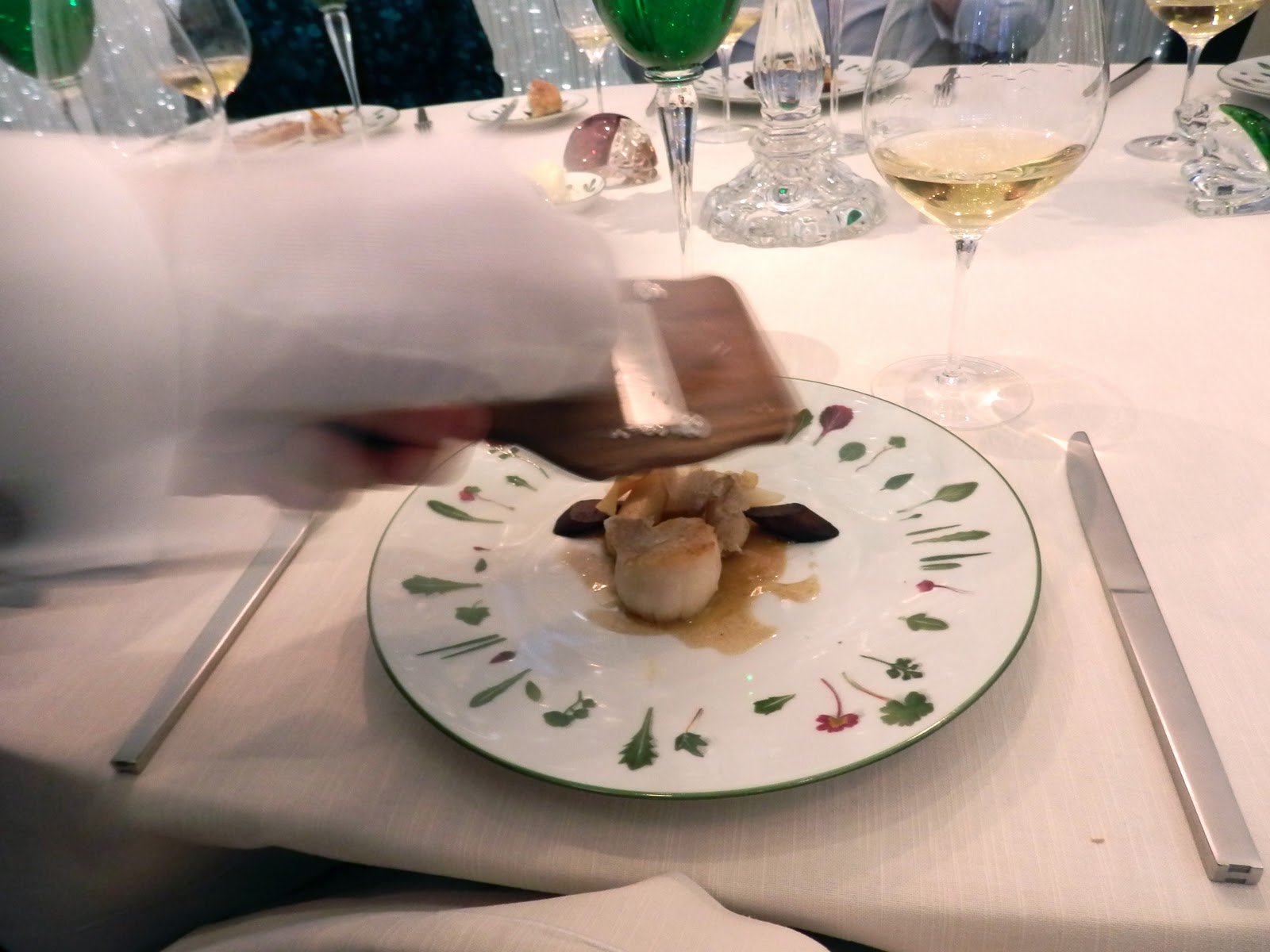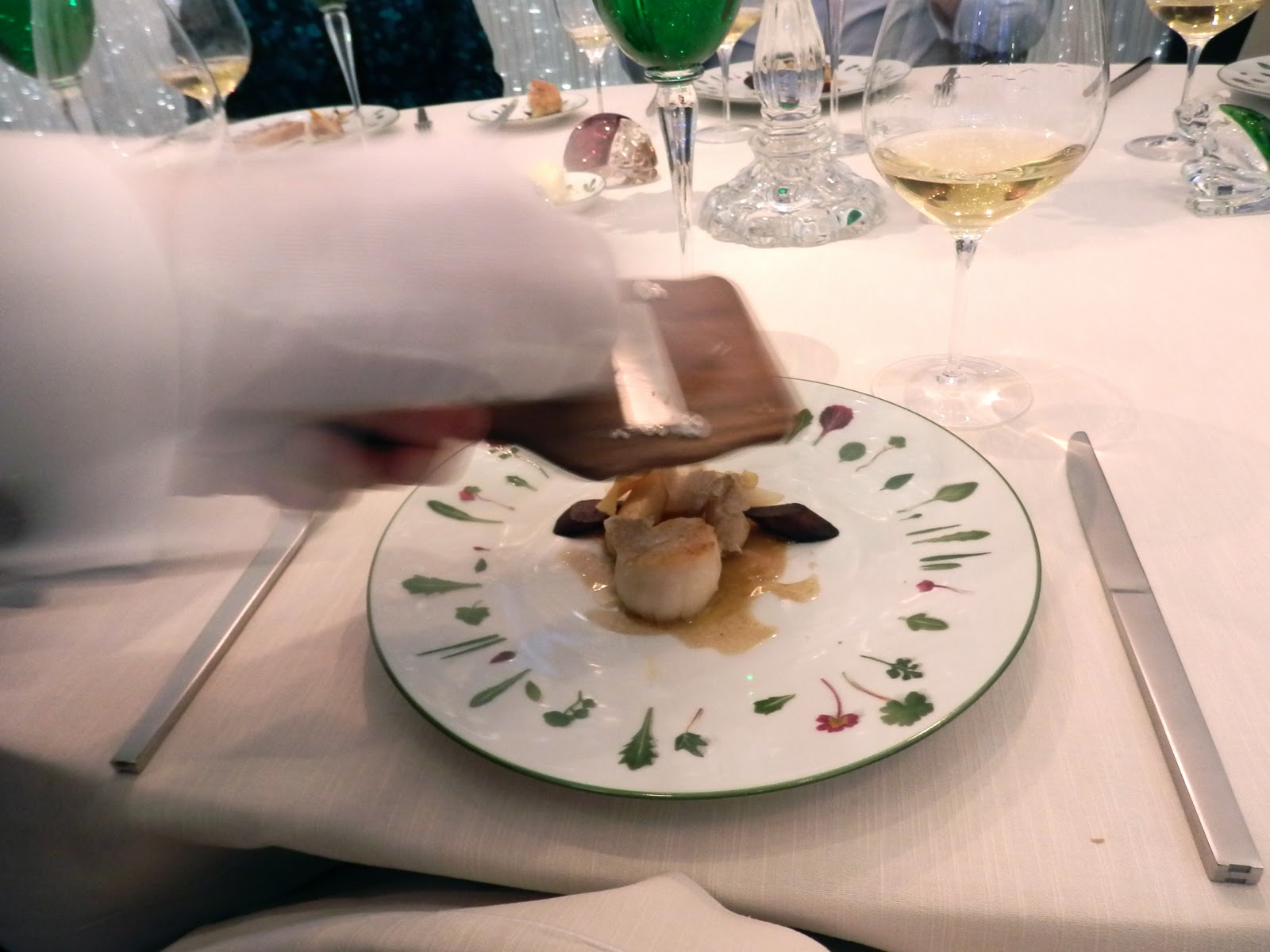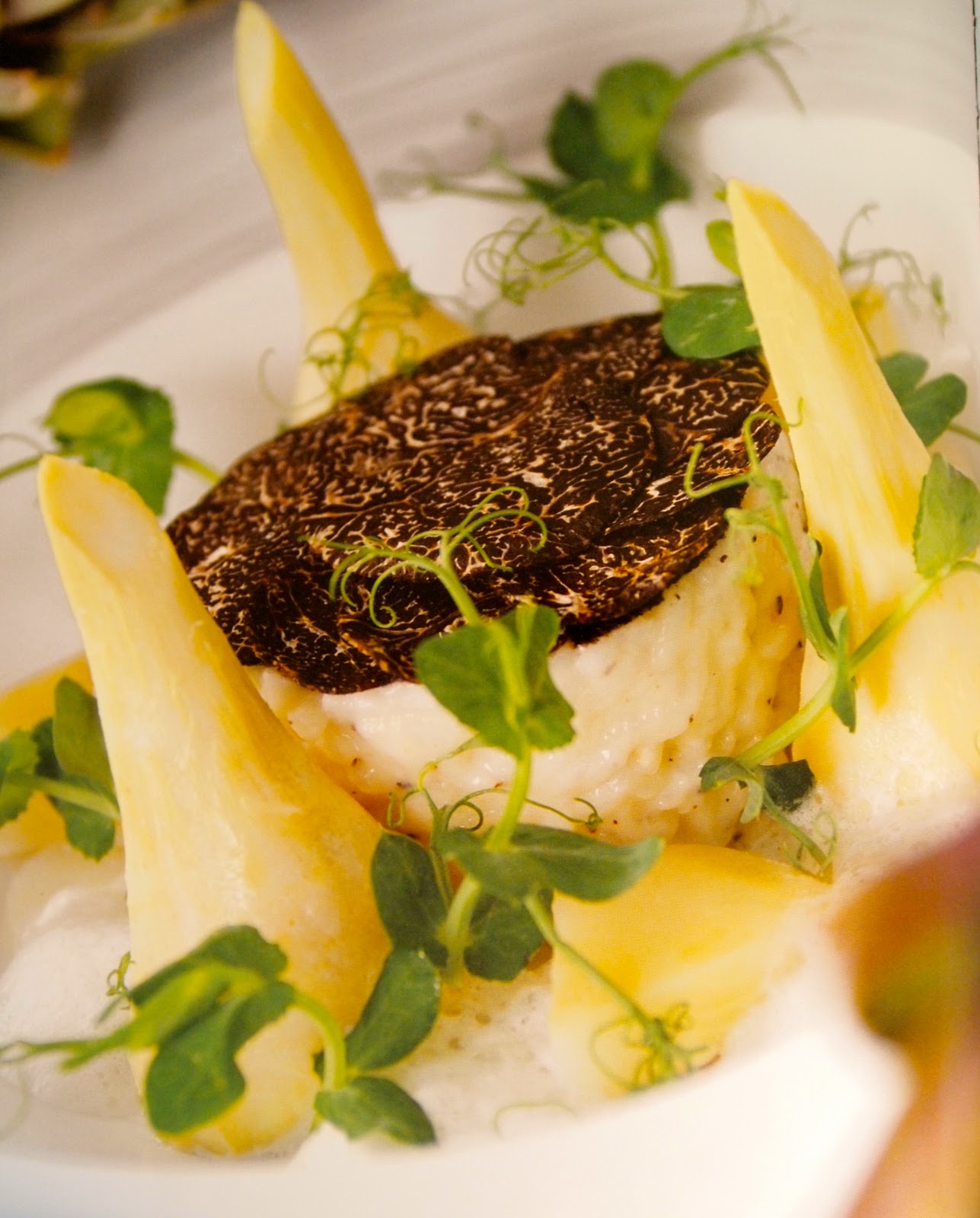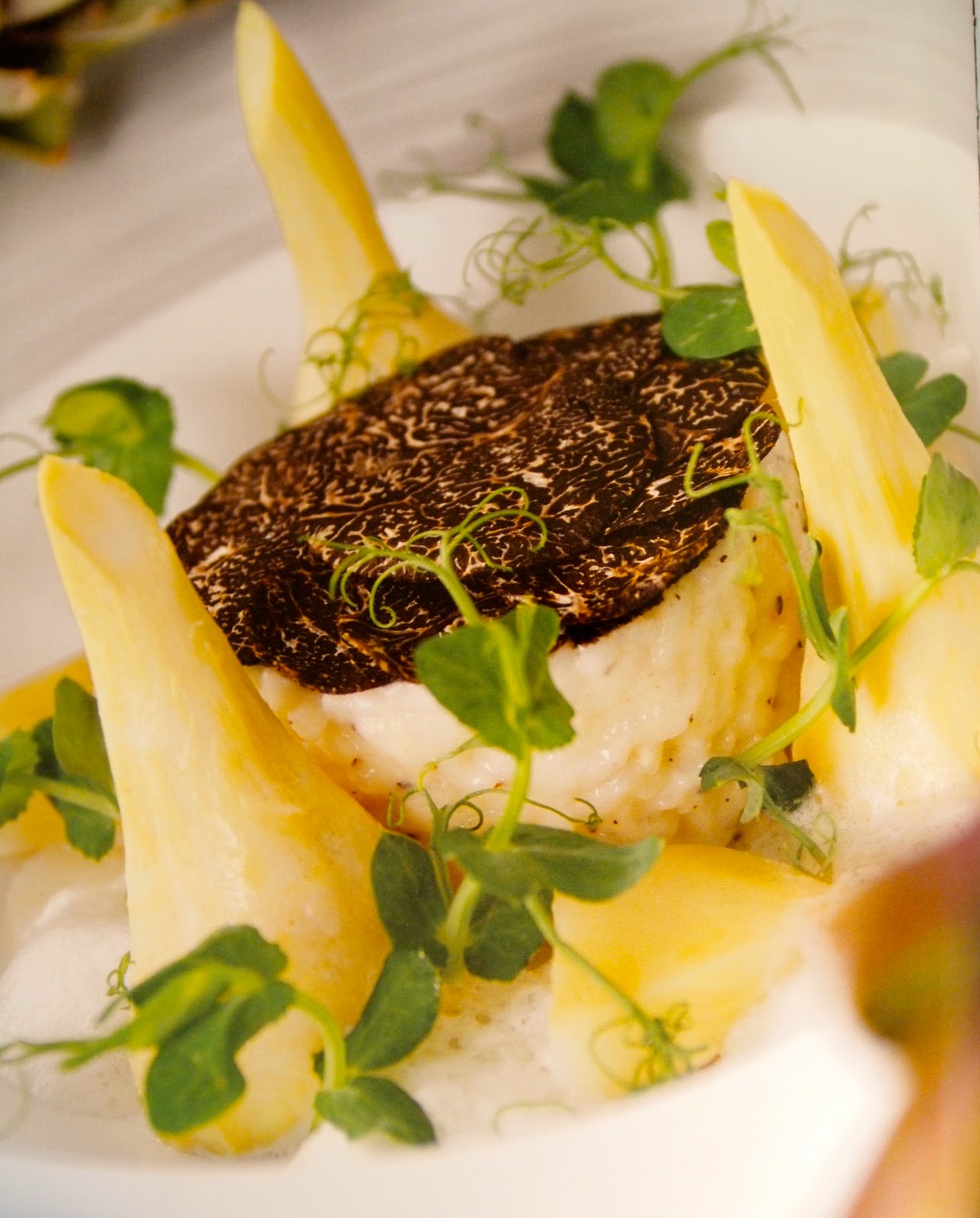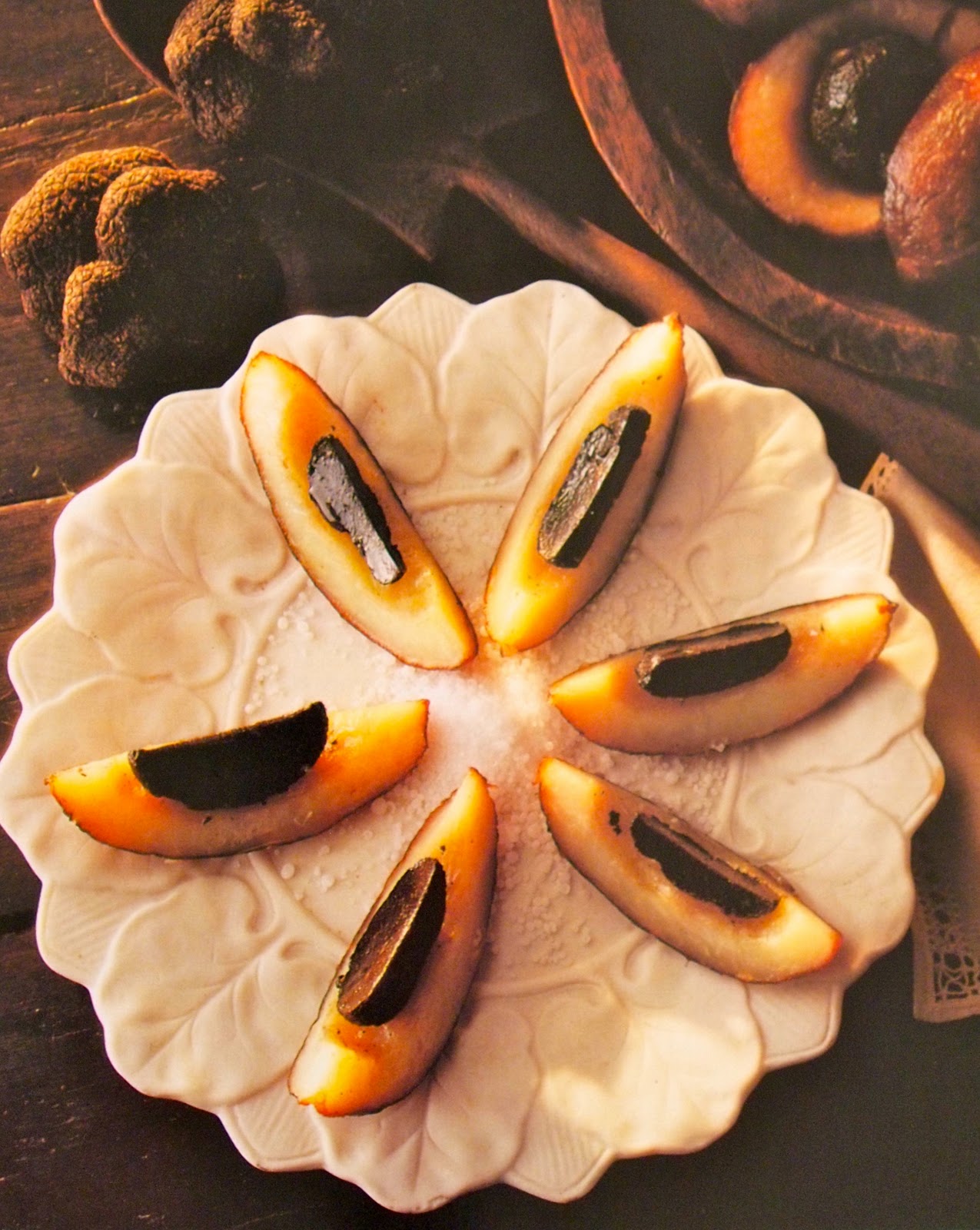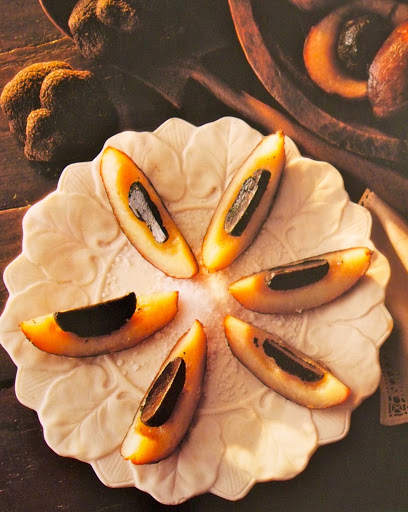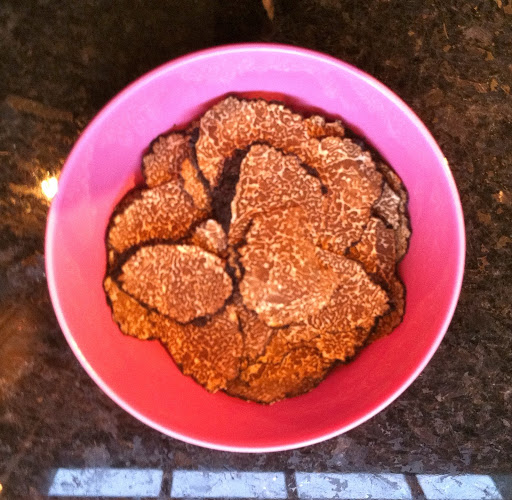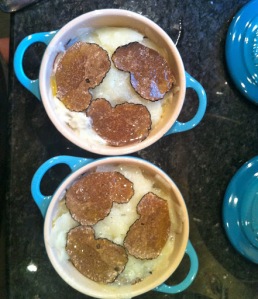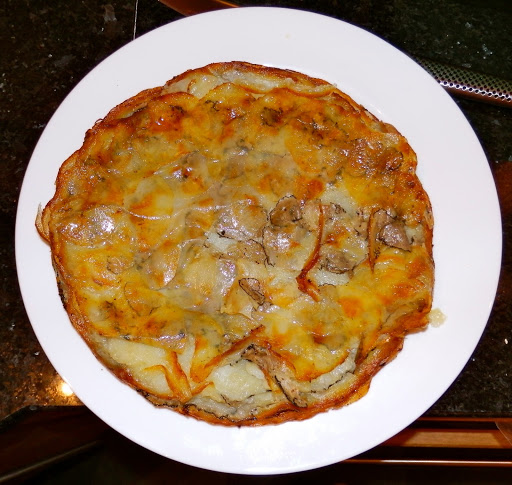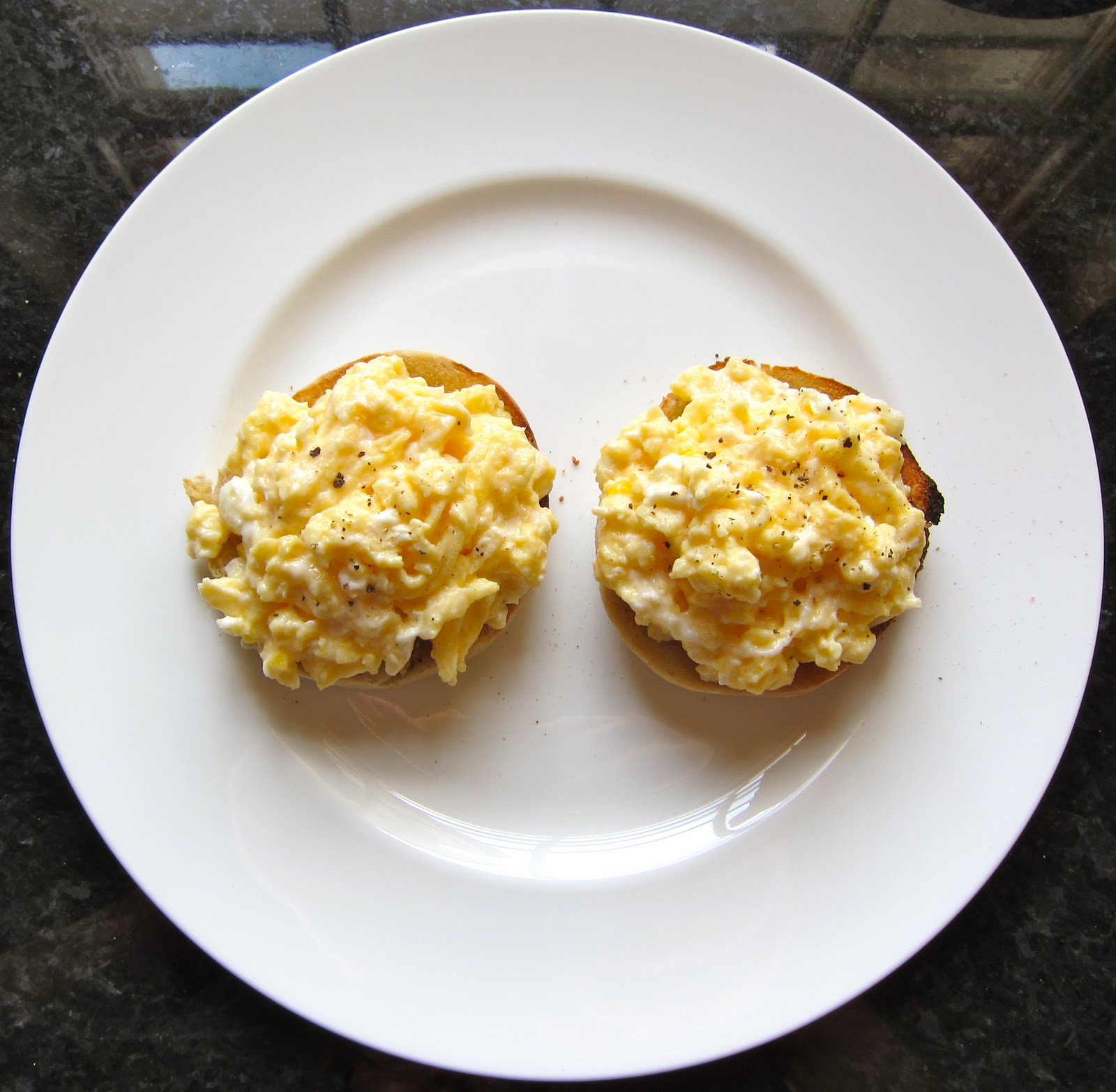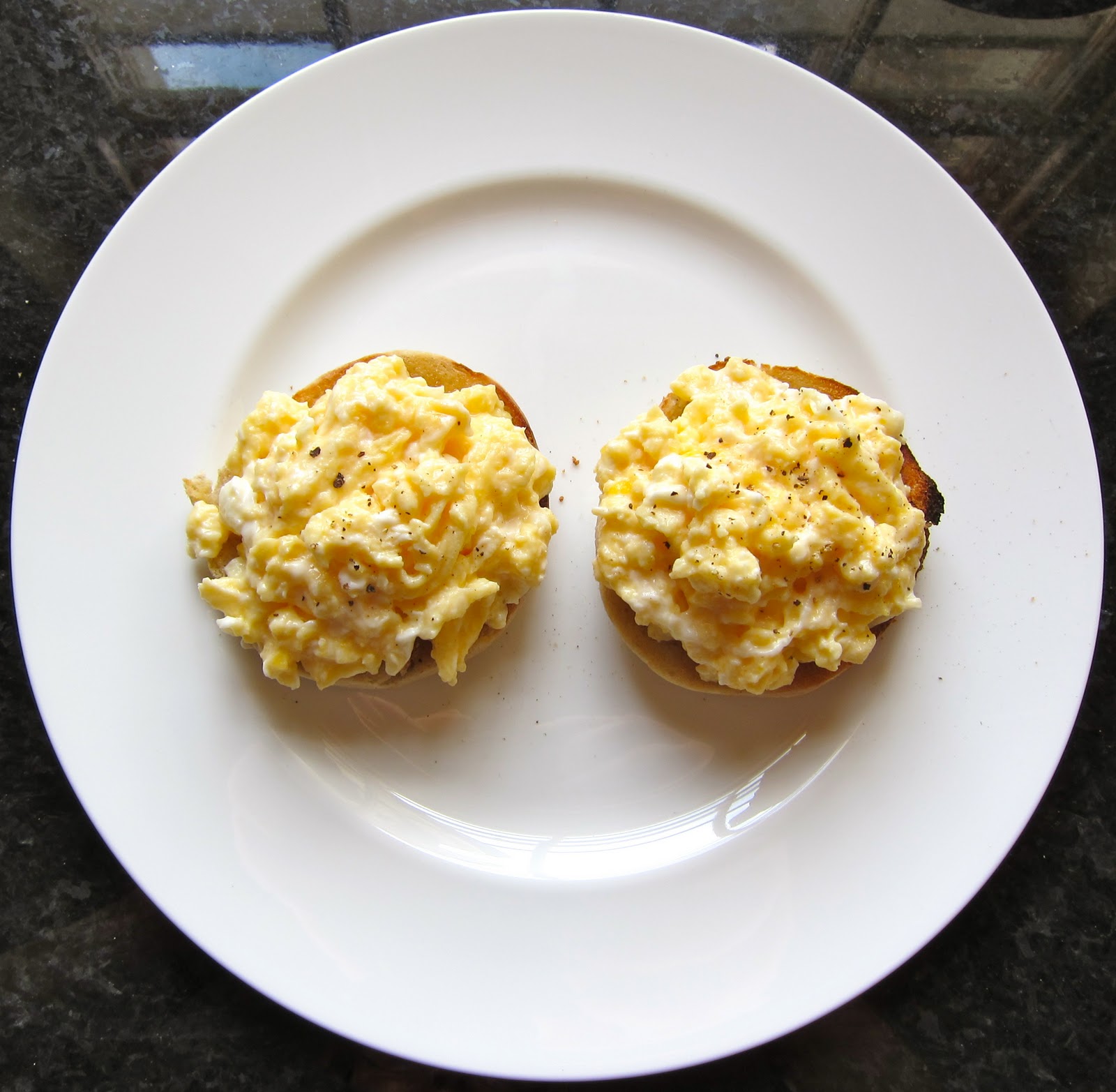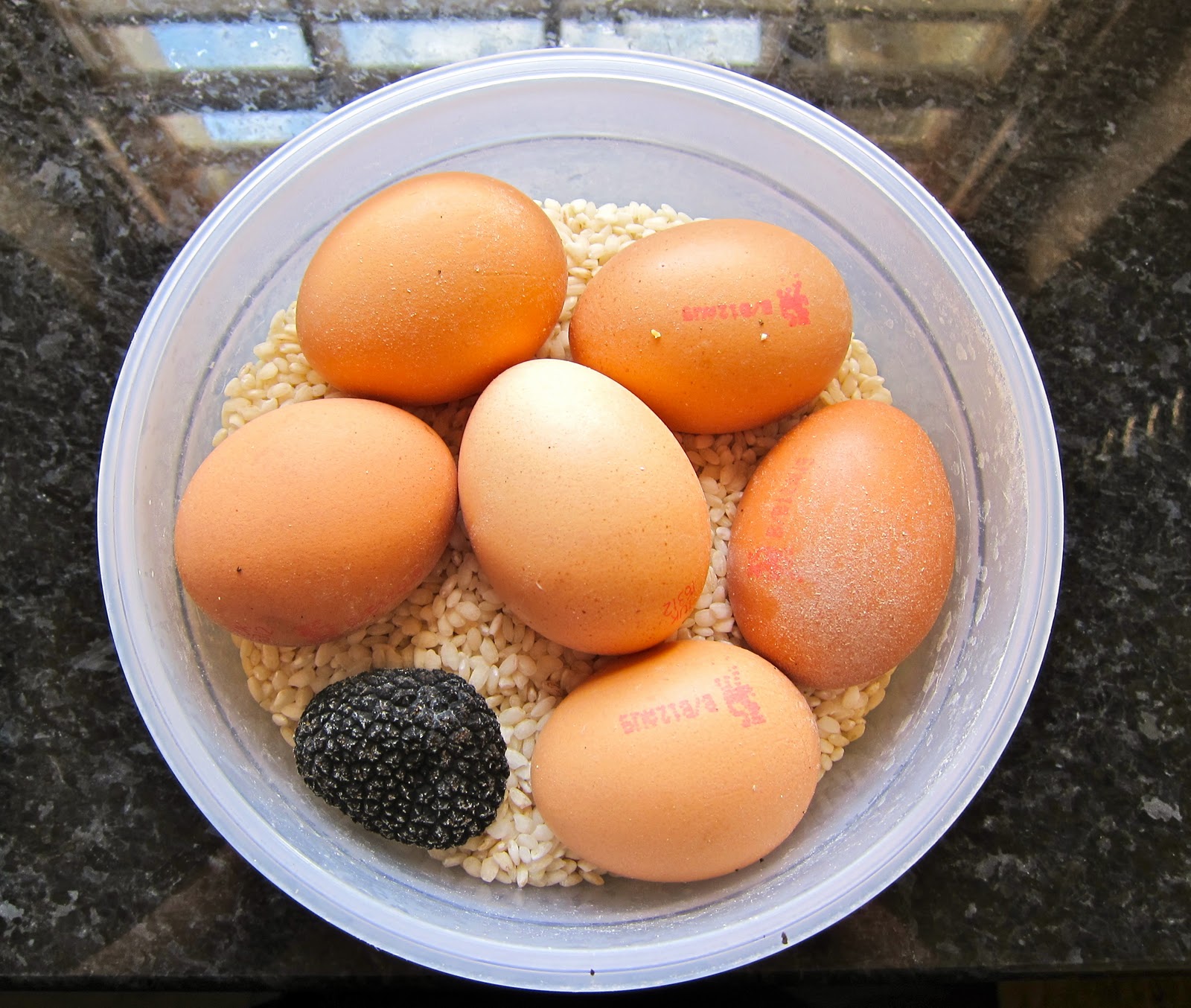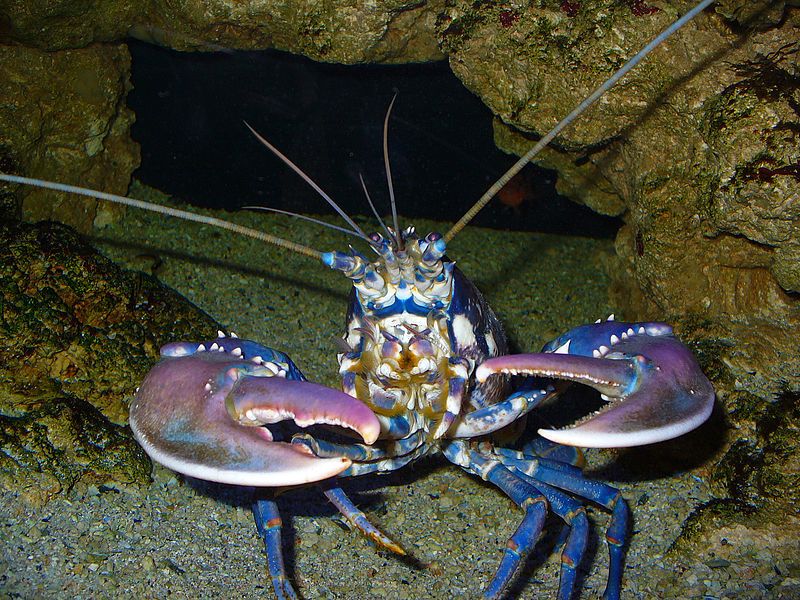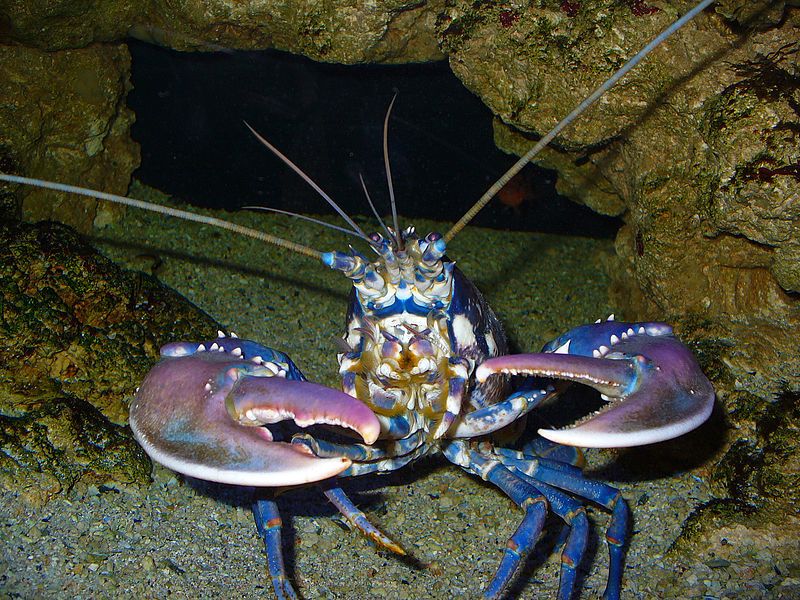Ingredients
4 eggs, whites only
100g/4oz caster sugar
juice of half a lemon
½ tsp cornflour, lightly dissolved in a few spoonfuls of water
First, evenly butter and sugar ovenproof moulds for the souffles and place in the freezer.
For the coulis, add half of the sugar to the raspberries. Place in a hot pan and cook quickly for 2-3 minutes with a good squeeze of lemon juice. Liquidise with a hand blender and pass through a sieve to remove the seeds. Place 2 tsp of coulis in the bottom of the soufflé dishes and thicken the remaining coulis with the moistened cornflour.
For the meringue, ensure the whisk and bowl are free from grease by scalding in boiling water. Place the egg whites in the bowl and start to whisk. Gradually add sugar until a smooth soft peak is obtained. Add a good squeeze of lemon juice at the end.
For the soufflé, take a third of the meringue and whisk into the thickened coulis. Lightly fold in the remaining two thirds. Do this gently so the air is not knocked out of the mix. Divide the mix between the dishes. Smooth the surface of the souffli and trim edges with your thumb.
When ready to bake, space out on a tray and bake in a medium to hot oven (180C/350F/Gas 4) for approximately 10-15 minutes depending on the size and dish.
Dust with icing sugar, place a raspberry on top and serve immediately.
Serves 2
